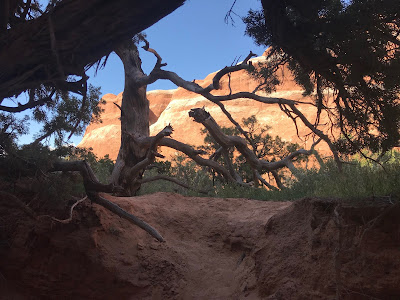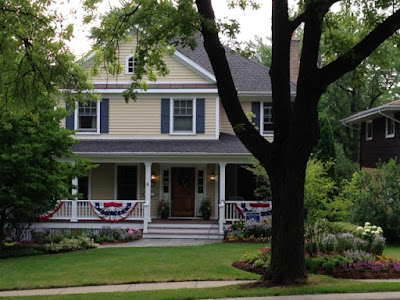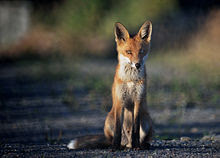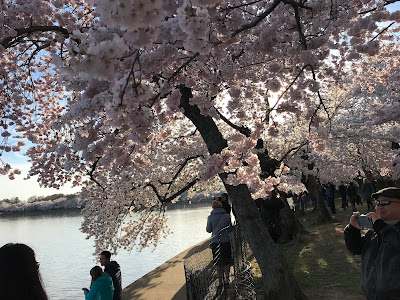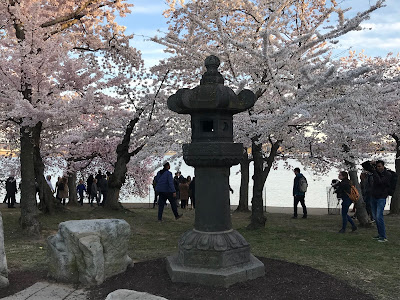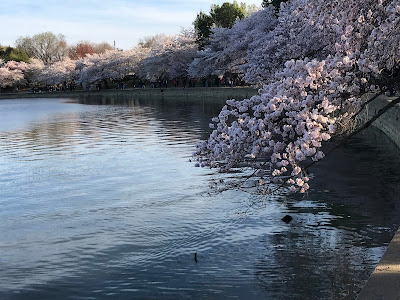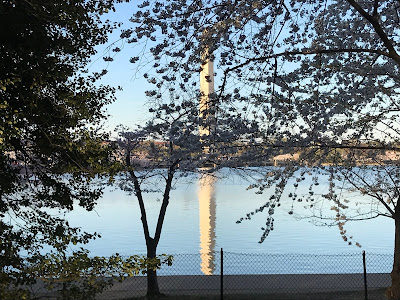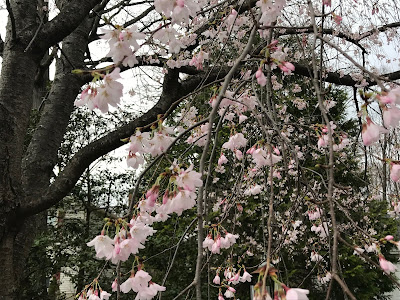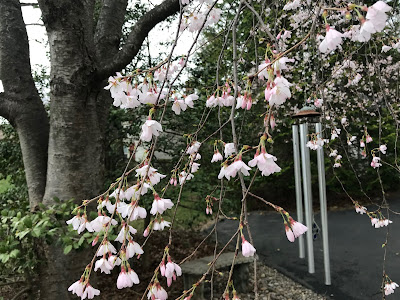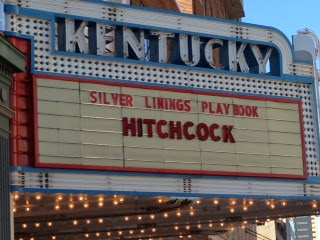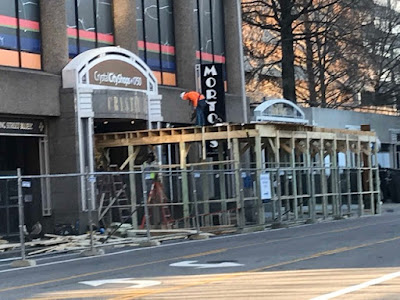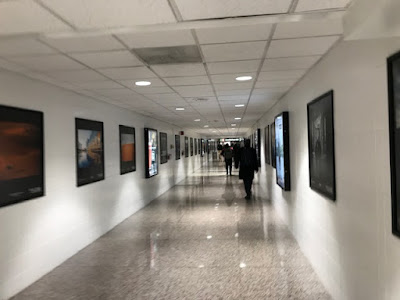The Detour
They’re working on Fox Mill Road, the quasi thoroughfare, quasi byway that links me to Metro and beyond. Conveniently, the detour starts just beyond my neighborhood, so at least for now the way home and back is clear. What isn’t convenient is that the detour runs right through my neighborhood.
Which meant that last night wasn’t the best evening to go for a post-dinner stroll. Still, that’s what I did — complete with headlamp and reflective vest.
It was busier than a typical Monday evening. I found myself stepping off the road more times than I would like. But even the higher-than-usual car volume couldn’t mar the peaceful evening, couldn’t banish the night sounds, lift the heavy air or blunt the honeysuckle scent that almost overpowered me at the corner.
The walk was my detour, too, a departure from my normal routine, my own diversion from the day.
